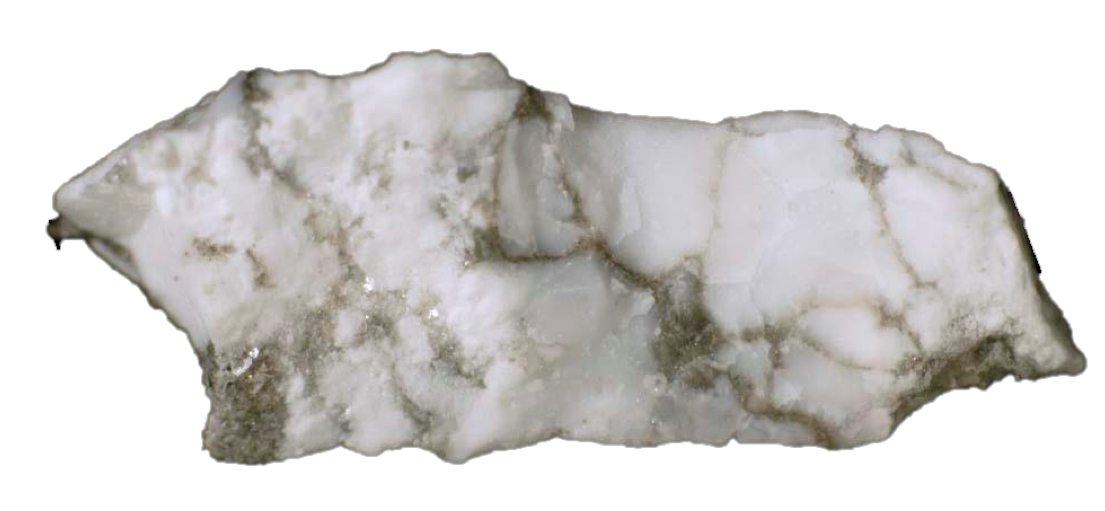Module 2.1: Minerals
1/81
There's no tags or description
Looks like no tags are added yet.
Name | Mastery | Learn | Test | Matching | Spaced |
|---|
No study sessions yet.
82 Terms
Minerals
Naturally occurring inorganic solids, with a specific chemical composition and a crystalline structure
Naturally occurring
Inorganic
Homogenous
Definite chemical composition
Solid-ordered internal structure
The five properties of minerals
Mineraloid
Naturally occurring, inorganic compound, that is amorphous and does not exhibit crystallinity
Mineral habit/form
External expression of a mineral’s internal orderly arrangement of atoms
The shapes and aggregates that a certain mineral is likely to form
Acicular
Mineral habit composed of slender, needle-like crystals
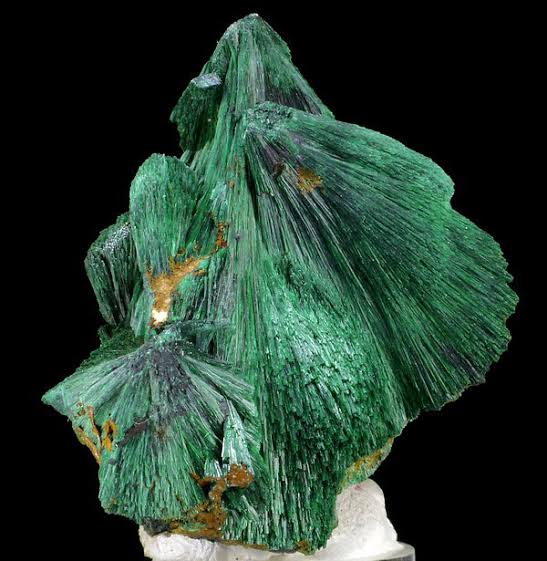
Acicular
Mineral habit composed of slender, needle-like crystals
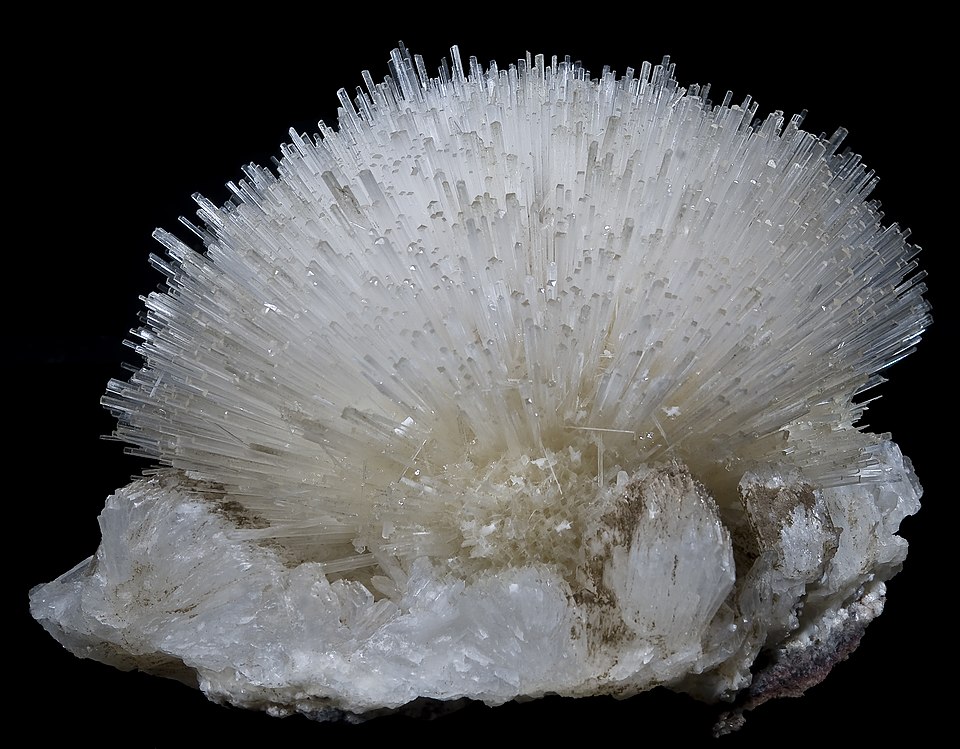
Banded
Mineral habit appearing as alternating layers or bands of different colors and/or textures
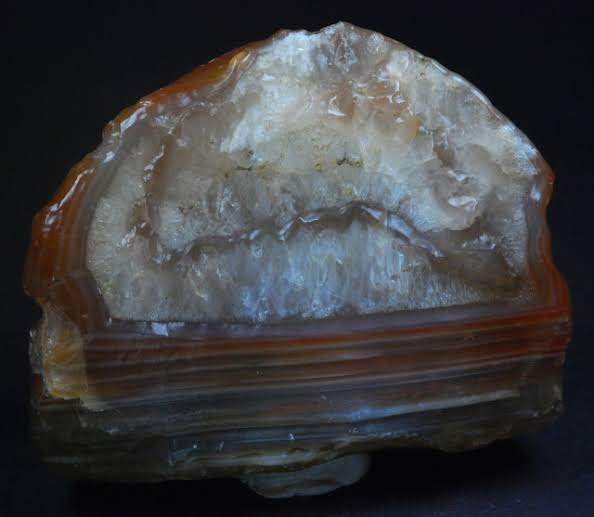
Banded
Mineral habit appearing as alternating layers or bands of different colors and/or textures
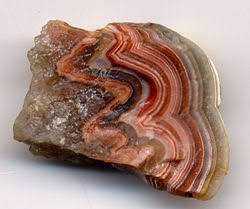
Botryoidal
Mineral habit that is characterized by a globular or rounded shape bunched together
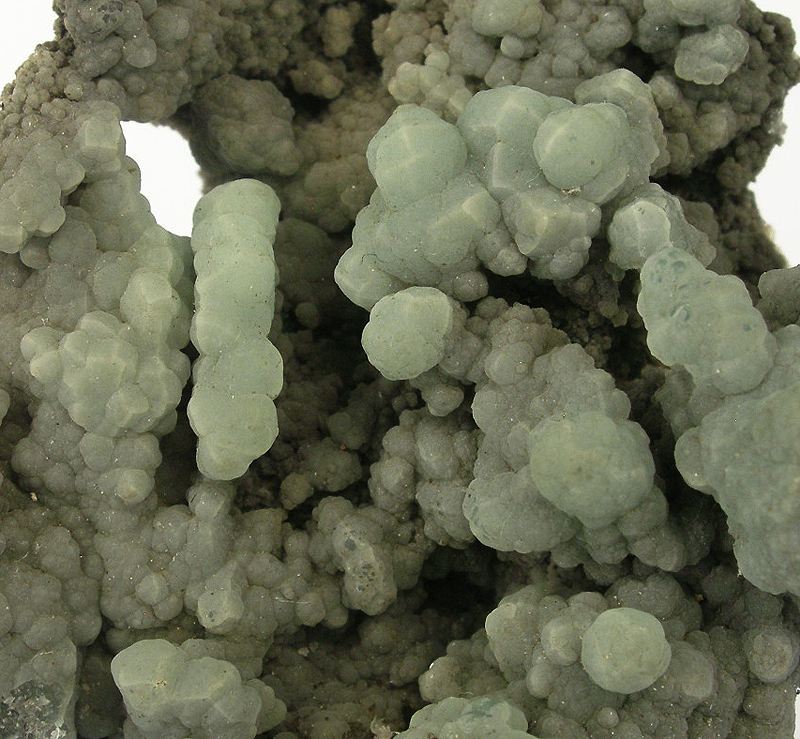
Botryoidal
Mineral habit that is characterized by a globular or rounded shape bunched together
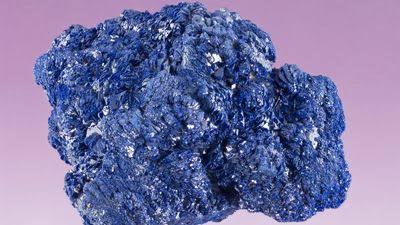
Cubic
Mineral habit that displays faces meeting at 90-degree angles due to underlying crysta structure
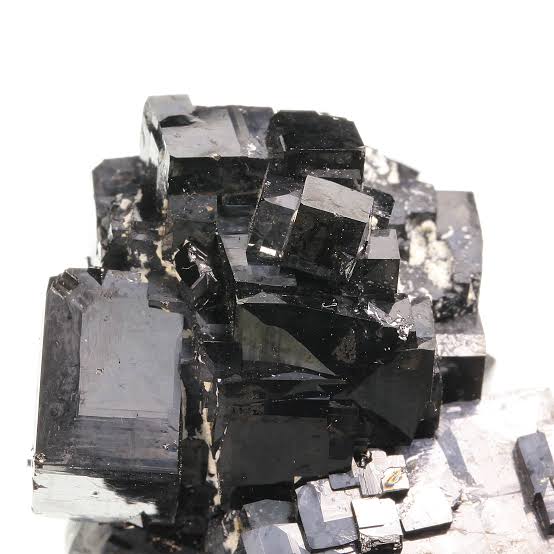
Cubic
Mineral habit that displays faces meeting at 90-degree angles due to underlying crysta structure

Druzy
Mineral habit wherein a surface is coated with fine crystals
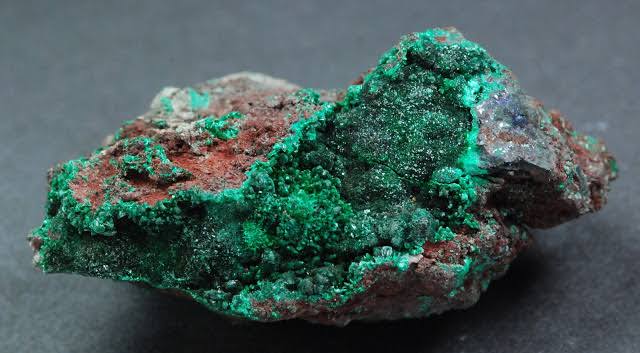
Druzy
Mineral habit wherein a surface is coated with fine crystals
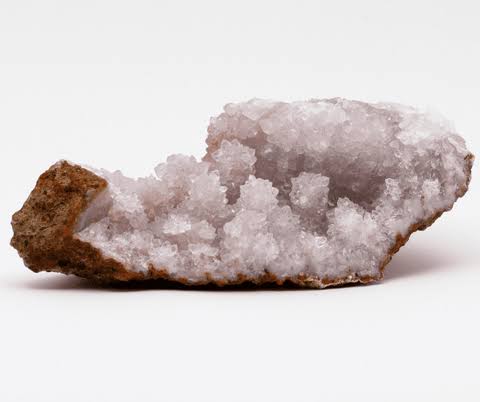
Fibrous
Mineral habit which grows in long, thin, hair-like crystals
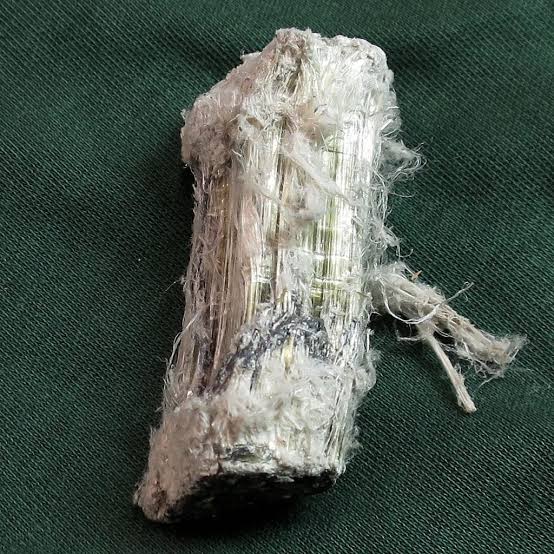
Fibrous
Mineral habit which grows in long, thin, hair-like crystals
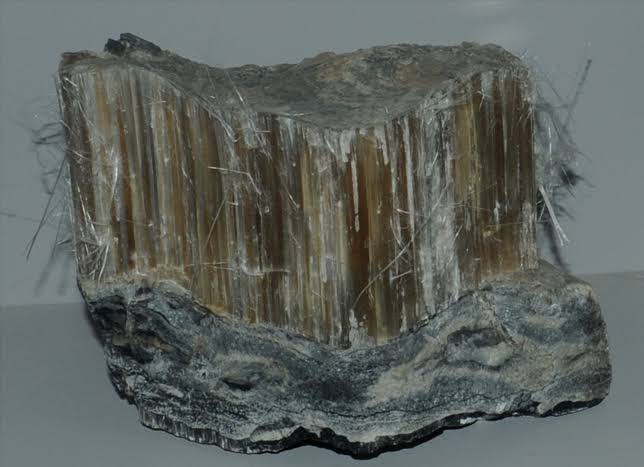
Geode
Mineral habit with a hollow, vaguely spherical rock with a lining of mineral matter
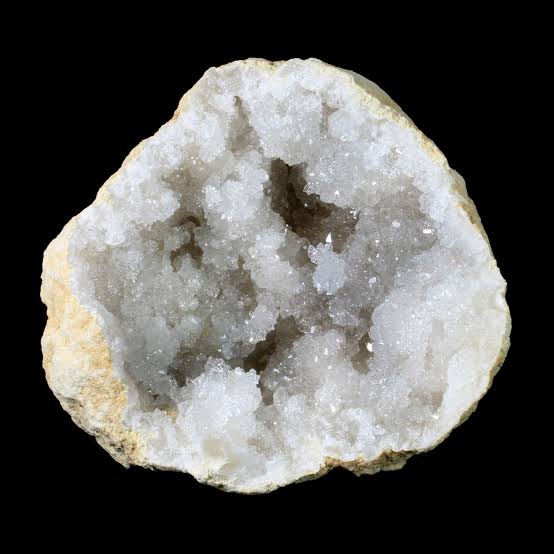
Geode
Mineral habit with a hollow, vaguely spherical rock with a lining of mineral matter
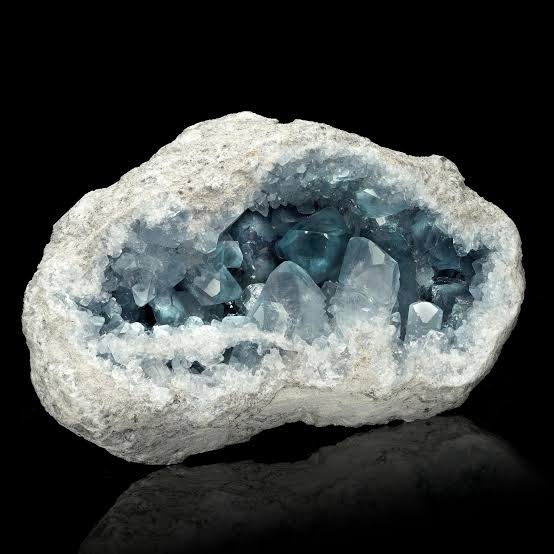
Prismatic
Mineral habit characterized by elongated, prism-like crystals with parallel faces
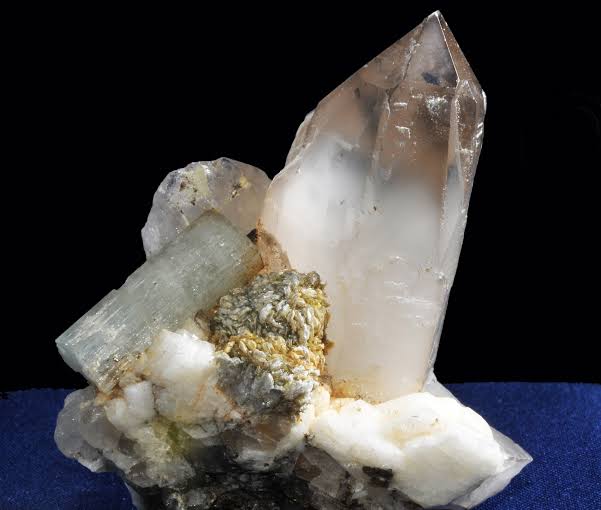
Prismatic
Mineral habit characterized by elongated, prism-like crystals with parallel faces
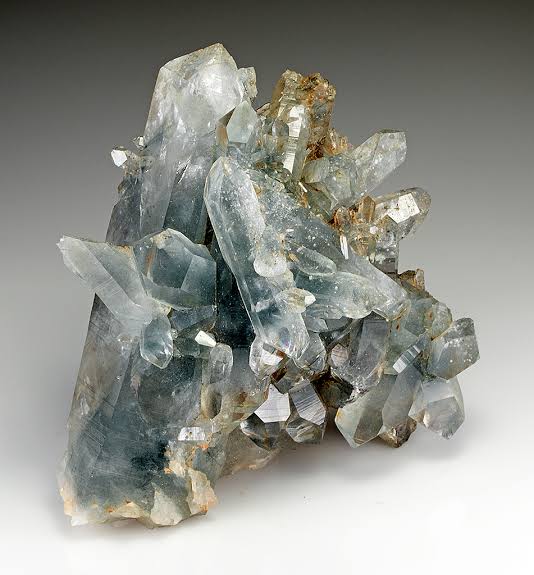
Tabular
Mineral habit describes crystals that are flat and plate-like
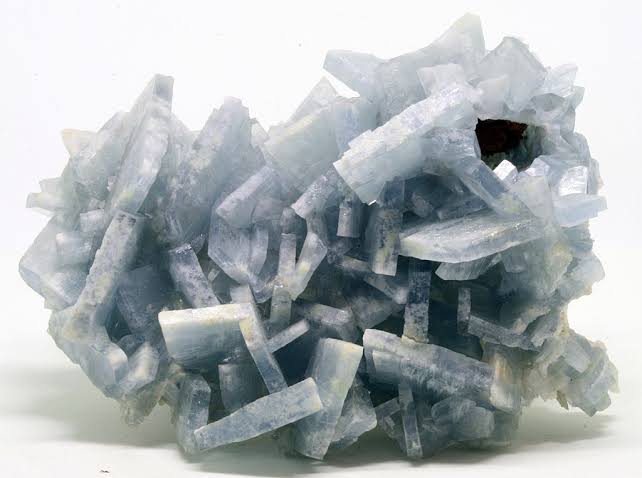
Tabular
Mineral habit describes crystals that are flat and plate-like
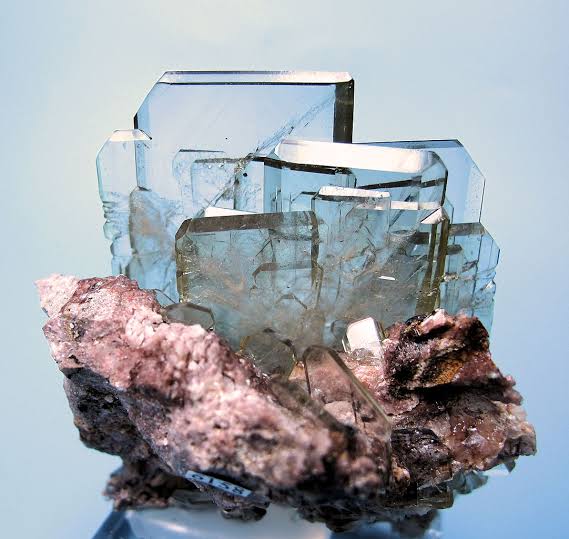
Luster
It is the ability of minerals to reflect light
Metallic
Luster that refers to a reflective, opaque appearance similar to polished metal
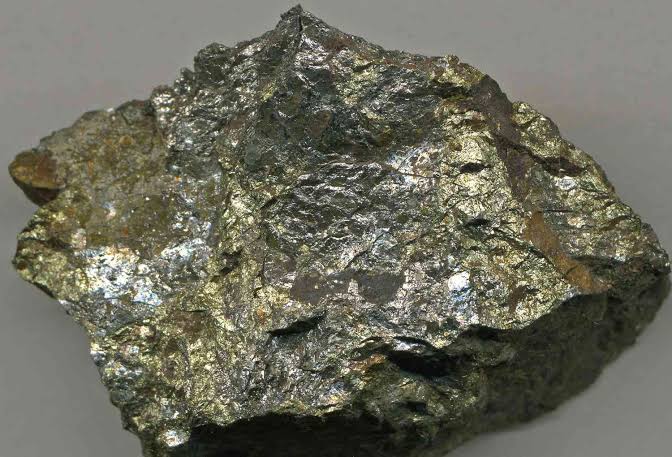
Metallic
Luster that refers to a reflective, opaque appearance similar to polished metal
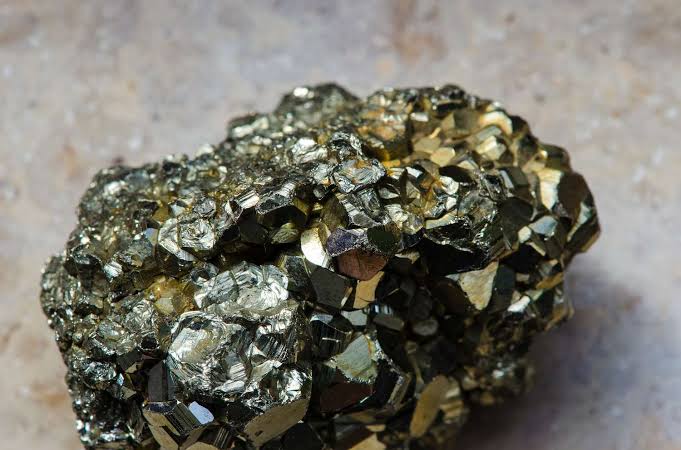
Glassy/vitreous
Luster that appears as a bright, smooth, reflection of transparent or transluscent material that appears as glass
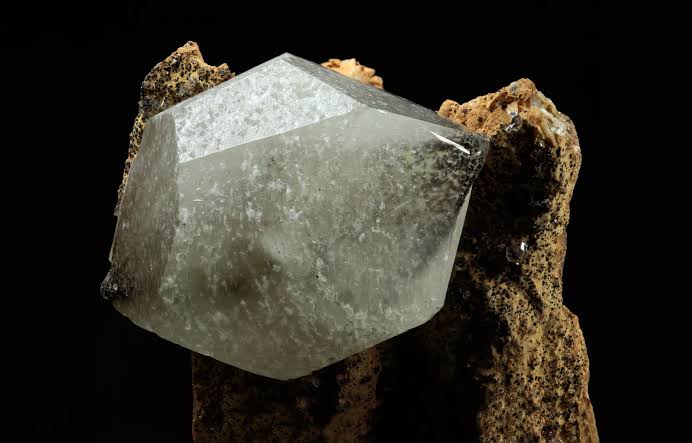
Glassy/vitreous
Luster that appears as a bright, smooth, reflection of transparent or transluscent material that appears as glass

Resinous
Luster that resembles that of amber
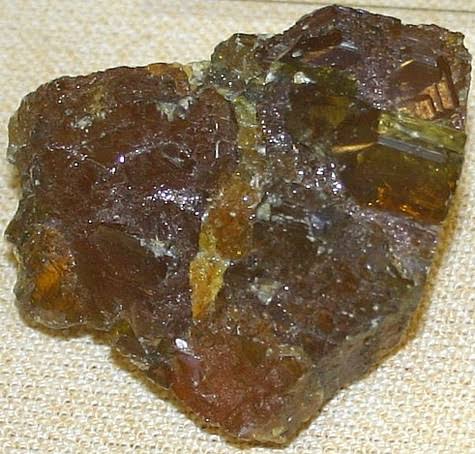
Resinous
Luster that resembles that of amber
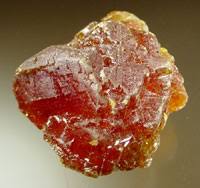
Greasy
Luster that appears as if mineral is coated in oil or grease
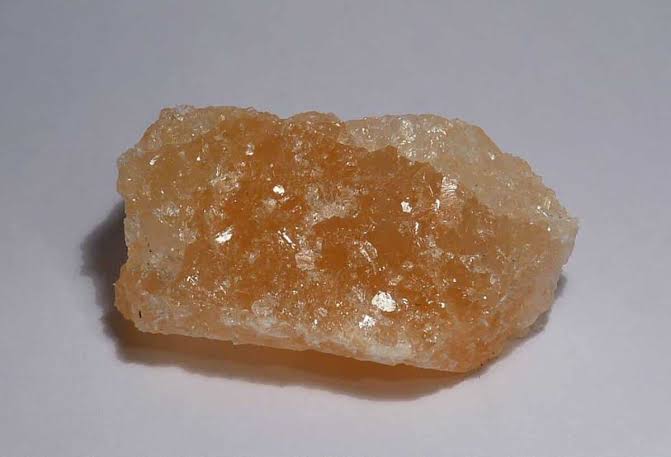
Greasy
Luster that appears as if mineral is coated in oil or grease

Pearly
Luster that resembles the inside of a mollusk shell
Pearly
Luster that resembles the inside of a mollusk shell
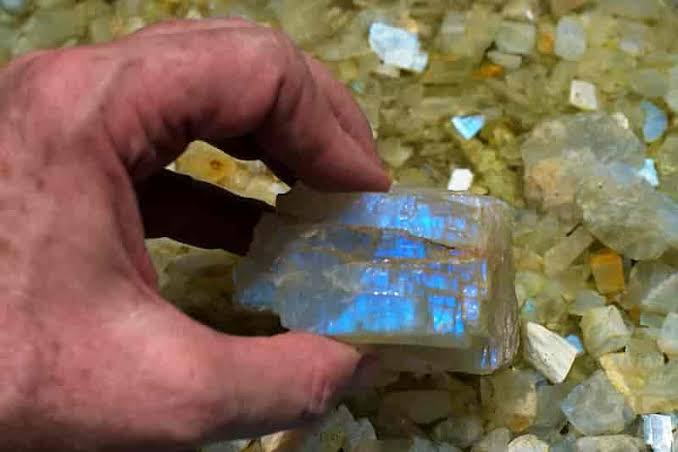
Color
Characteristic caused by the absorption or lack of absorption of various wavelengths of light
Can also be caused by impurities which makes it not a good diagnostic property
Malachite
Mineral habit - acicular
Luster - glassy/vitreous
Color - dark green

Olivine
Mineral habit - druzy
Luster - glassy/vitreous
Color - light green
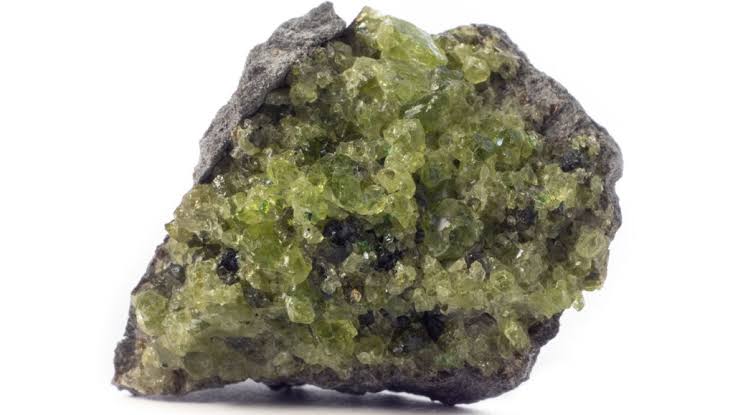
Sulfur
Mineral habit - druzy
Luster - greasy
Color - yellow
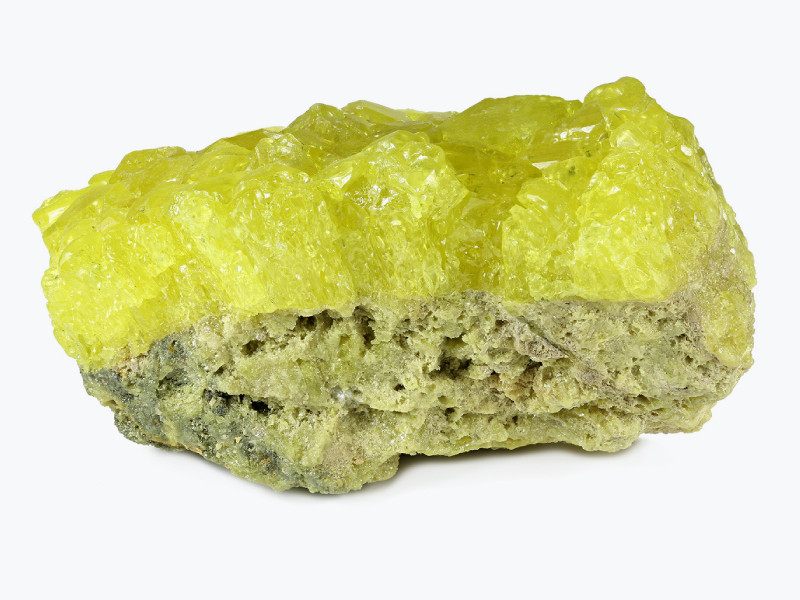
Fluorite
Mineral habit - cubic
Luster - resinous
Color - purple (but can be blue)
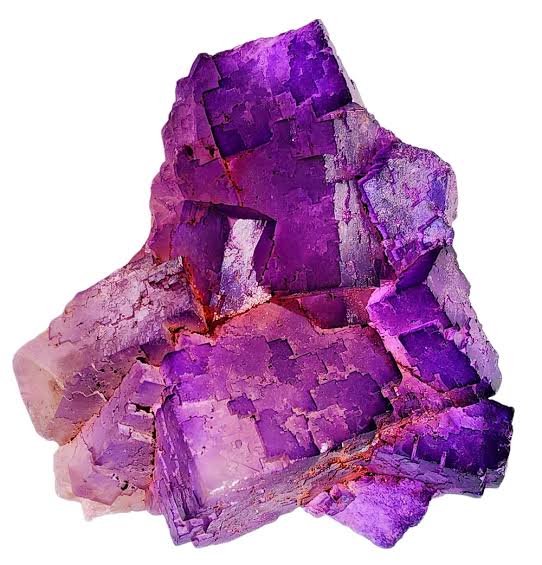
Azurite
Mineral habit - prismatic
Luster - glassy/vitreous
Color - blue
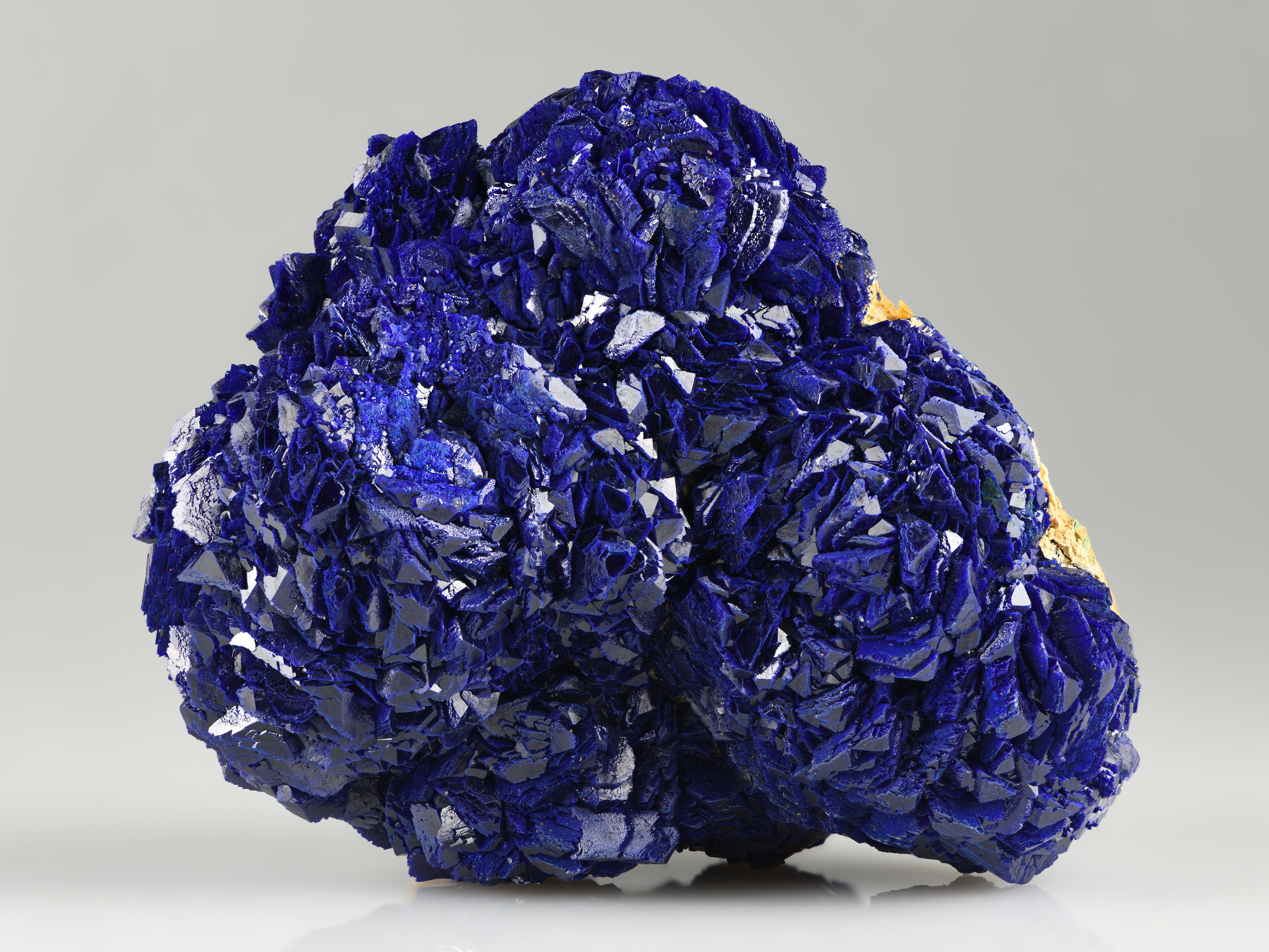
Quartz (left to right): milky quartz, citrine, green aventurine, smoky quartz, rose quartz, amethyst, sapphire quartz, milky quartz
Corundrum
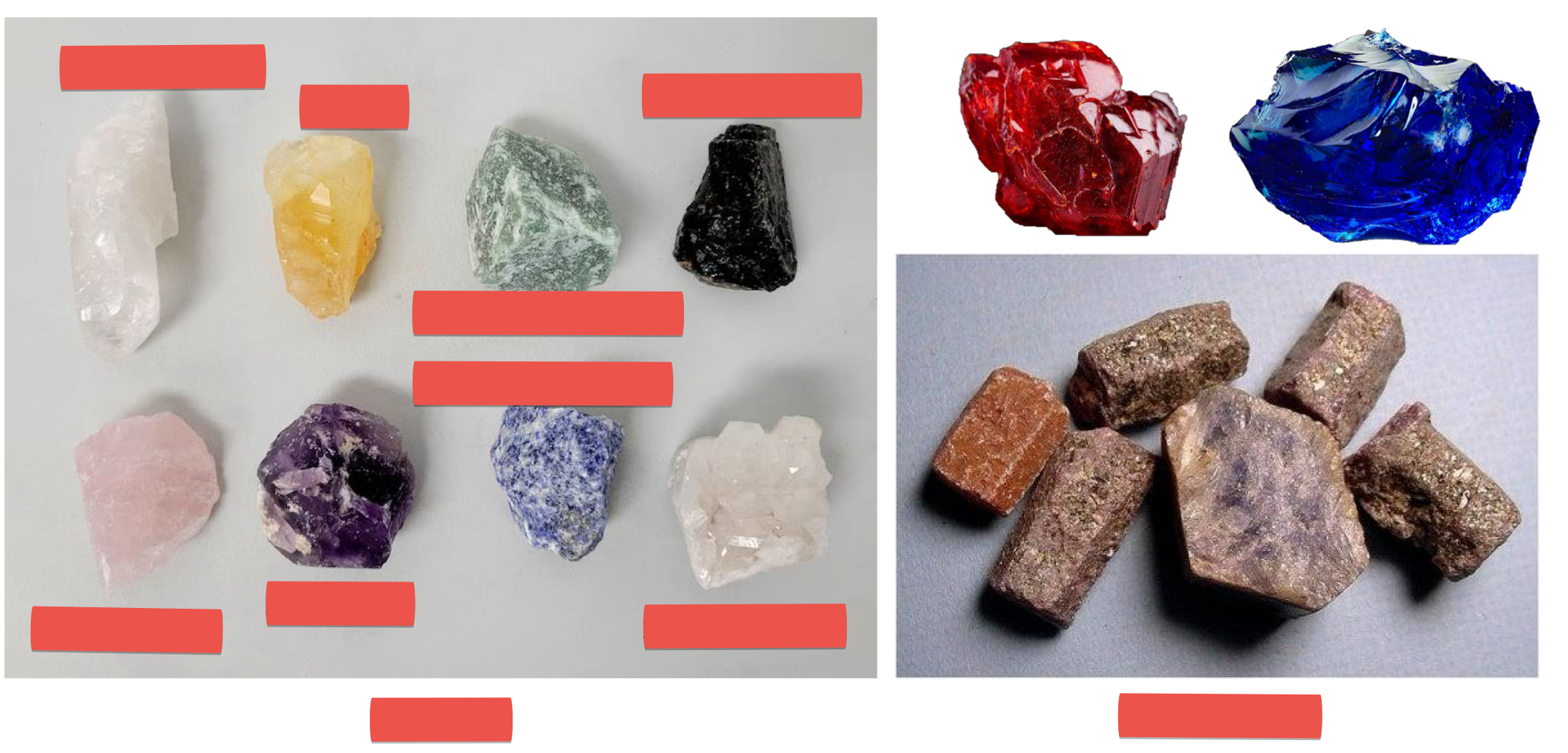
Streak
It is the color of a mineral in powdered form
Metals
These minerals usually have a dark streak
Crocoite: yellow
Chalcopyrite: black
Cinnabar: red
Molybdenite: gray
Identify the mineral and its streak
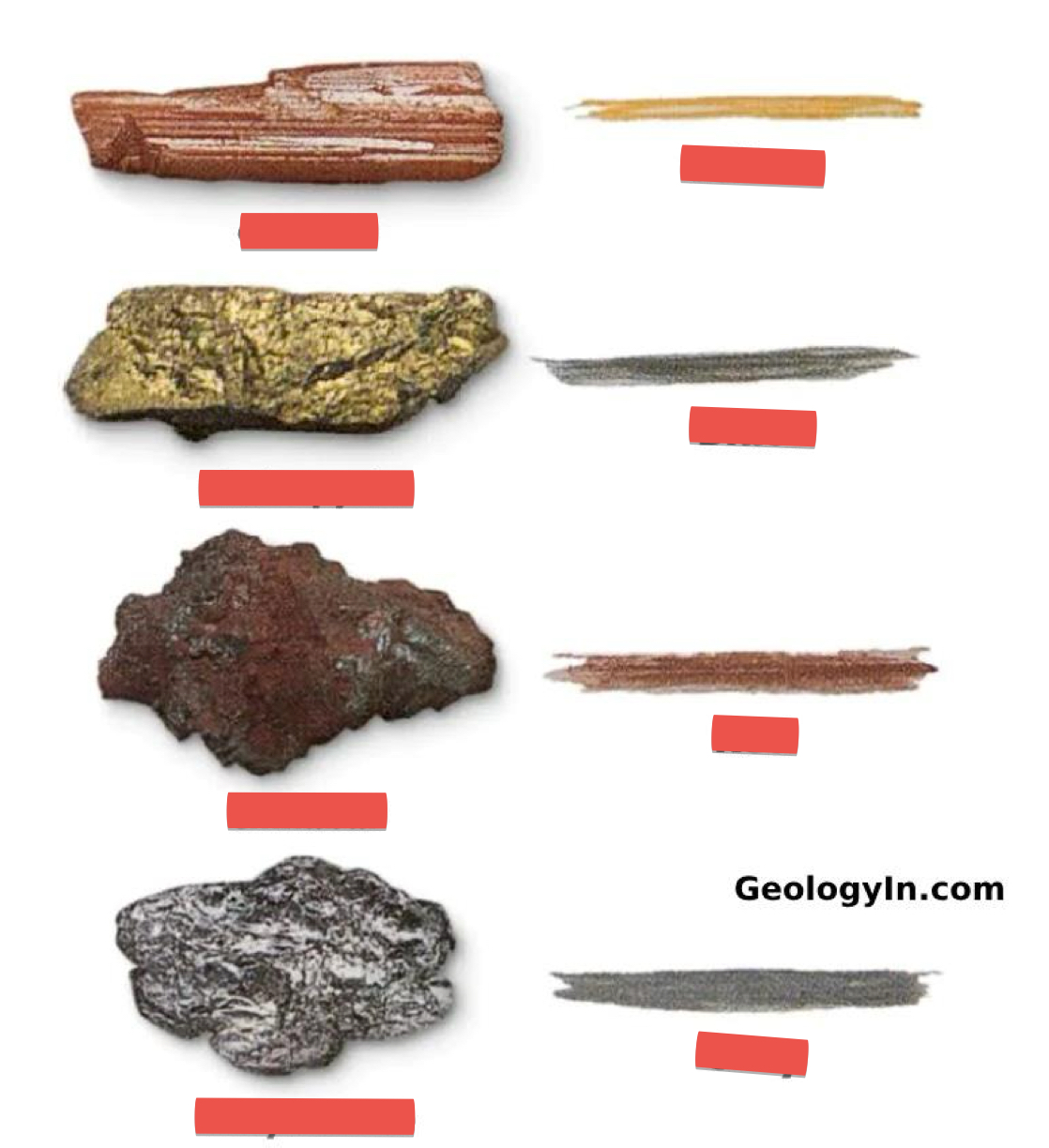
Hardness
It is the property described as the resistance of minerals to abrasion or scratching
Talc → Gypsum (fingernails) → Calcite (copper coin) → Fluorite → Apatite (knife/glass) → Feldspar (steel) → Quartz → Topaz → Corundum → Diamond
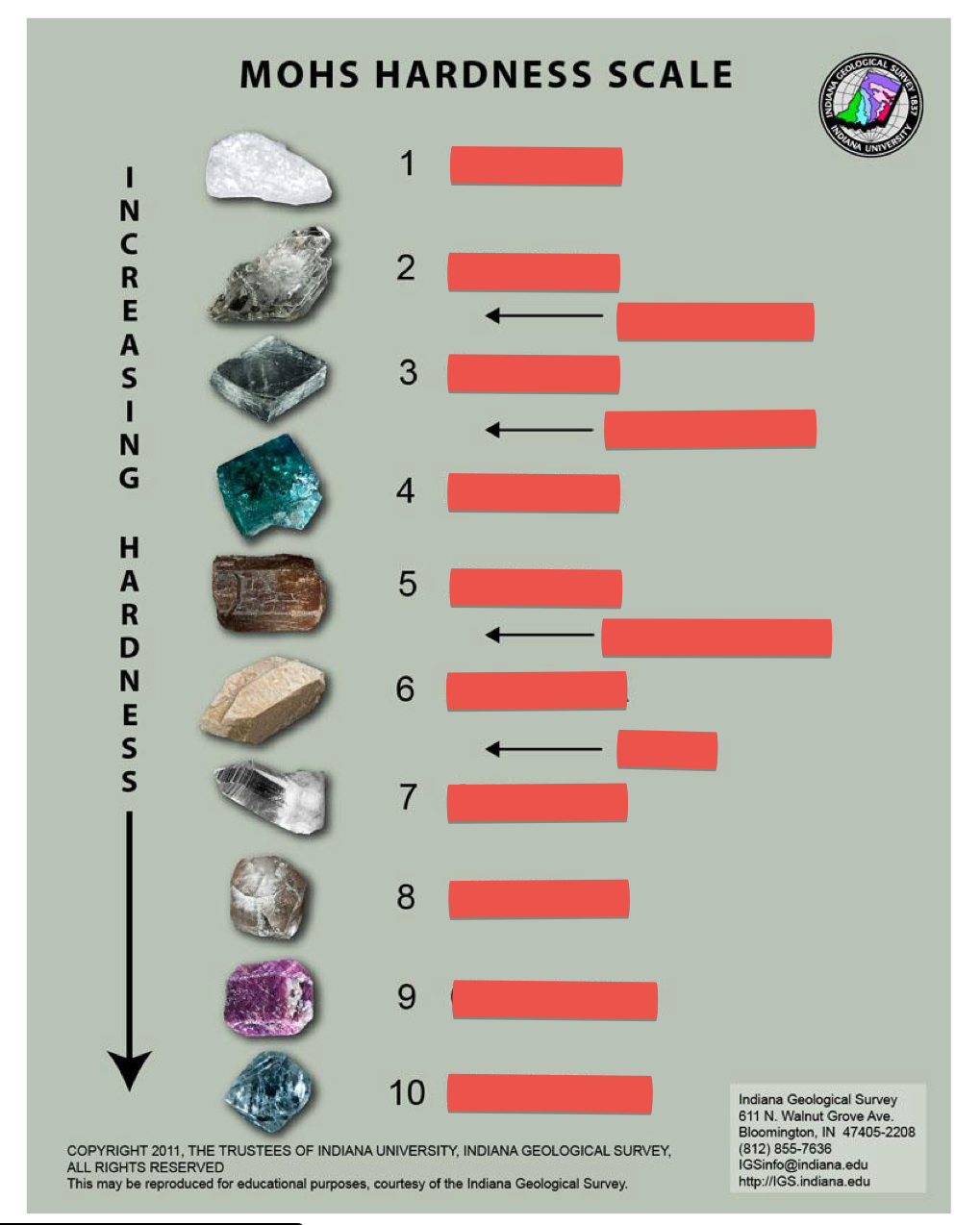
Cleavage
The tendency of a mineral to break in particular directions due to zones of weakness in the crystal structure
Basal/platy: muscovite
Cleavage where the mineral breaks along one direction of a set of parallel planes, resulting in thin, flat sheets (also identify mineral)
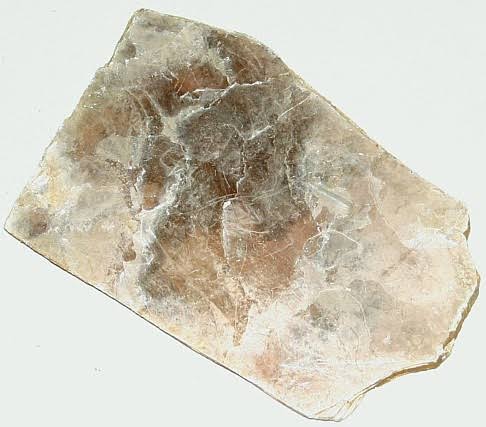
Prismatic: feldspar
Cleavage where the mineral breaks along two planes (also identify mineral)
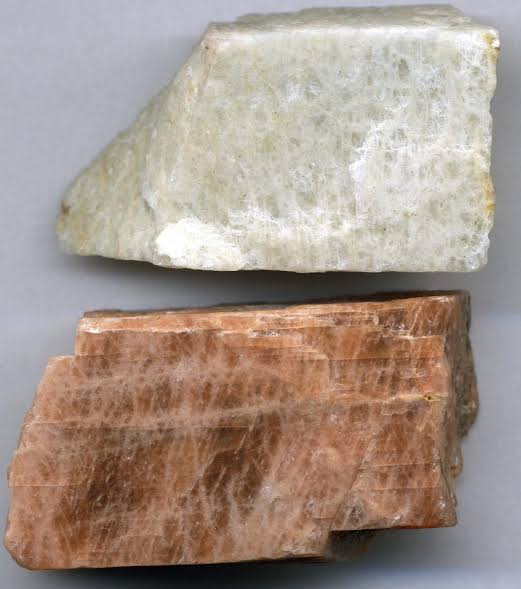
Prismatic: hornblende
Cleavage where the mineral breaks along two planes (also identify mineral)
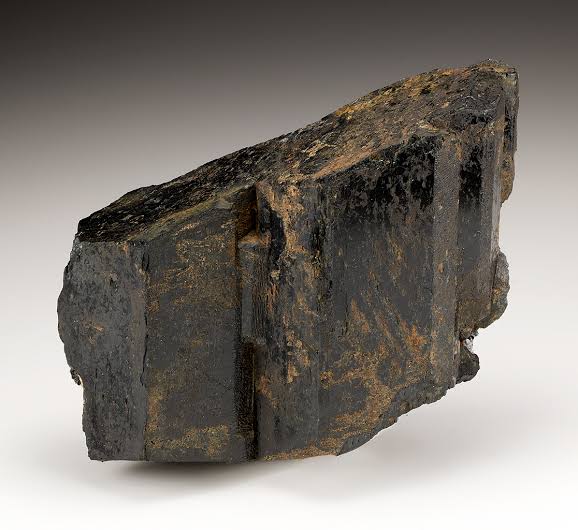
Cubic: halite
Cleavage where the mineral breaks in three directions (also identify mineral)
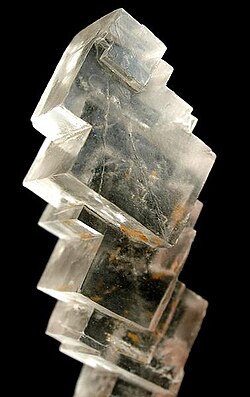
Cubic: calcite
Cleavage where the mineral breaks in three directions (also identify mineral)
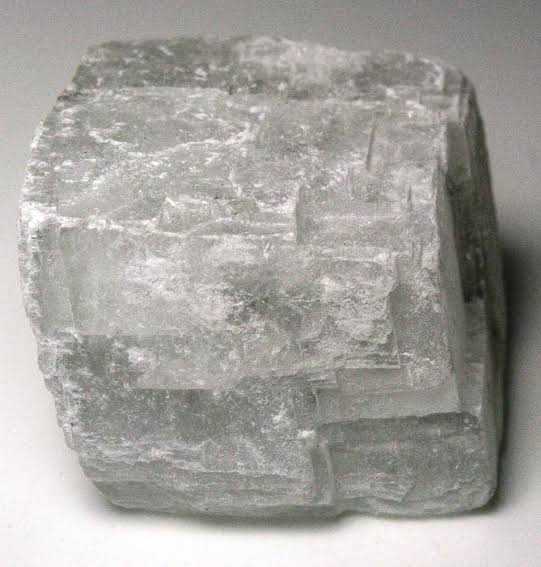
Octahedral: fluorite
Cleavage where the minerals break in four directions (also identify the mineral)
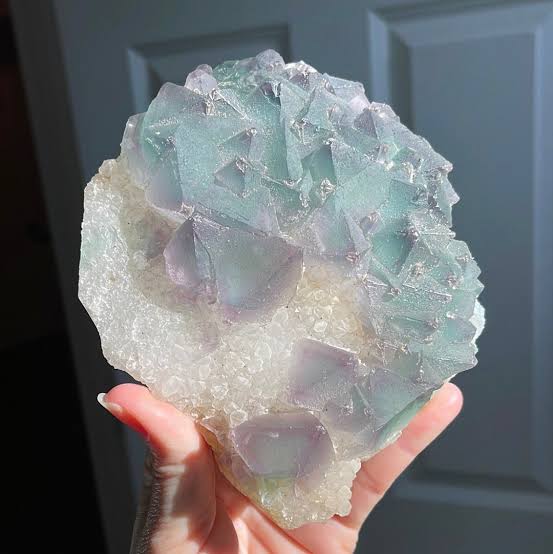
Fractures
Irregular breakages that occur when bond strengths in a crystal structure are equal in all directions
Conchoidal fracture
Fracture with smooth, curved surfaces, which are typically concave
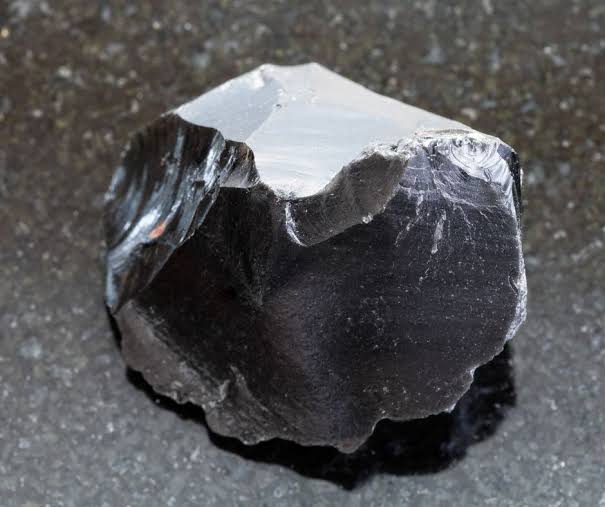
Irregular fracture
Fracture with a rough, uneven break, rather than straight lines or specific patterns
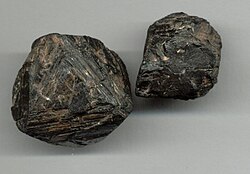
Reaction to chemicals → magnetism → fluorescence → feel → taste → double refraction → tenacity → odor
Other properties (from top to bottom, left to right)
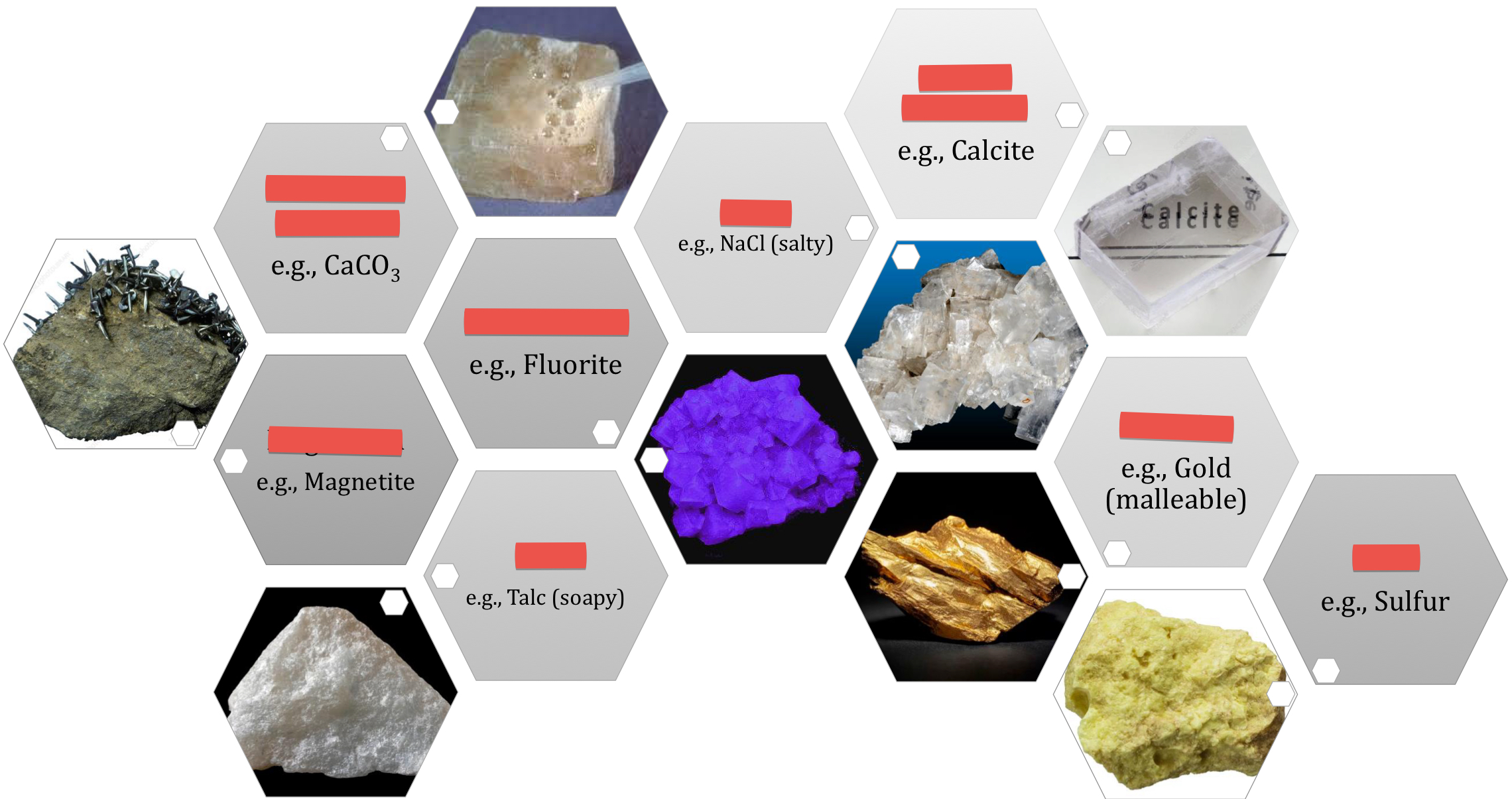
Silicates
Largest group of minerals (90% of the Earth’s crust)
Contain silicon and oxygen
Feldspar and quartz
Two most common silicate minerals
Silicon-oxygen tetrahedron
Building block of silicate minerals
Silicates
What mineral group?
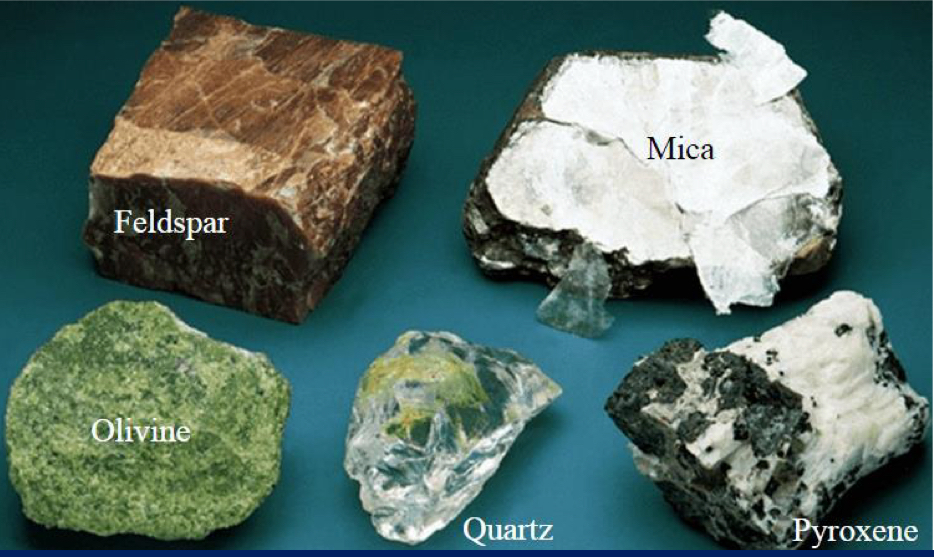
Carbonates
Mineral group with a polyatomic anion with the formula (CO2)-3
Has a trigonal planar molecular structure consisting of a carbon atom surrounded by three oxygen atoms
Calcite
Formula is CaCO3 and is the most common carbonate mineral
Carbonates
What mineral group?
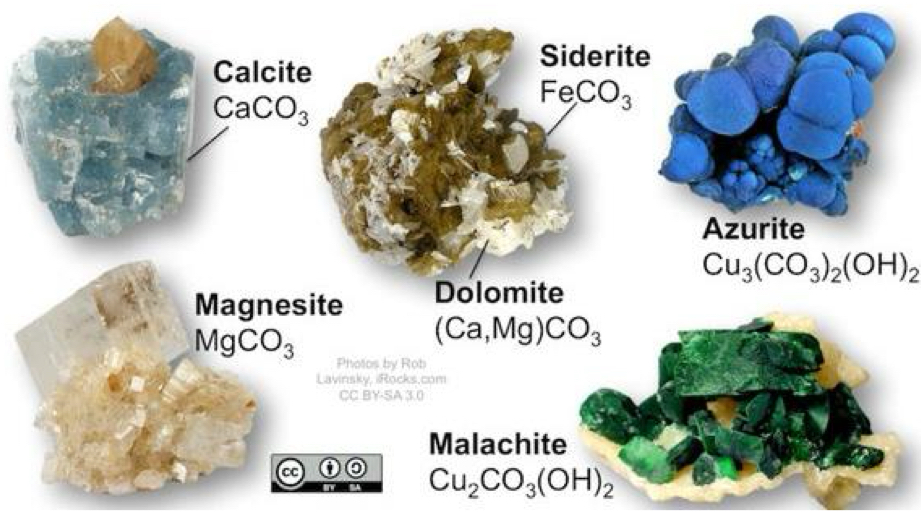
Native elements
Mineral group that contain atoms of only one type of element
Only a small number of minerals are found in this category
Halides
Mineral group with halogens bonded with various metallic atoms
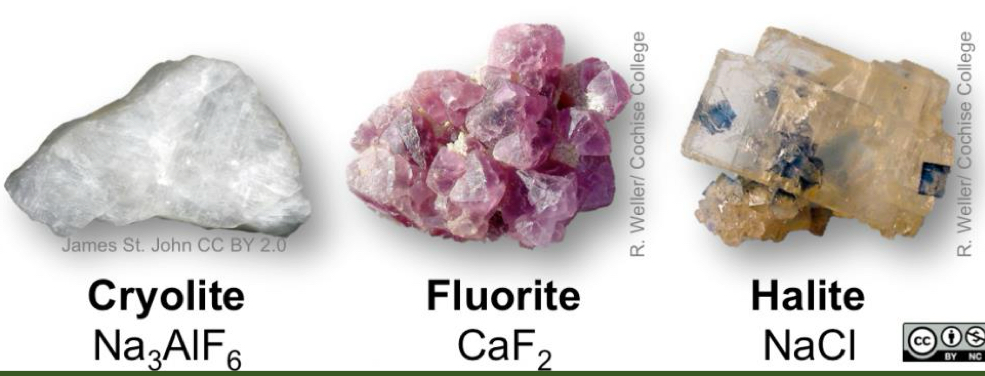
Oxides
Mineral group that contain one or two metal elements combined with oxygen
Many important metals are found in this form
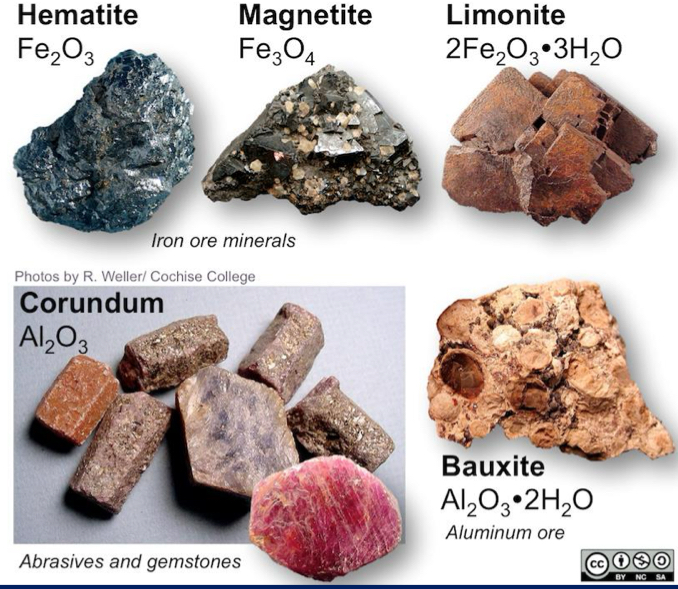
Phosphates
Mineral group that are similar in structure to silicate minerals
Phosphorus, arsenic, or vanadium bond to oxygen to form a tetrahedron
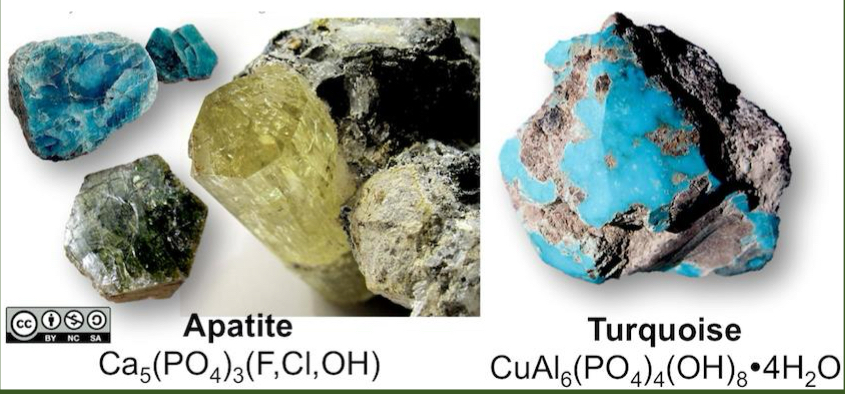
Sulfates
Minerals that contain sulfur atoms bonded to oxygen atoms
They form where salt water evaporates
Contains many different minerals but only a few are common
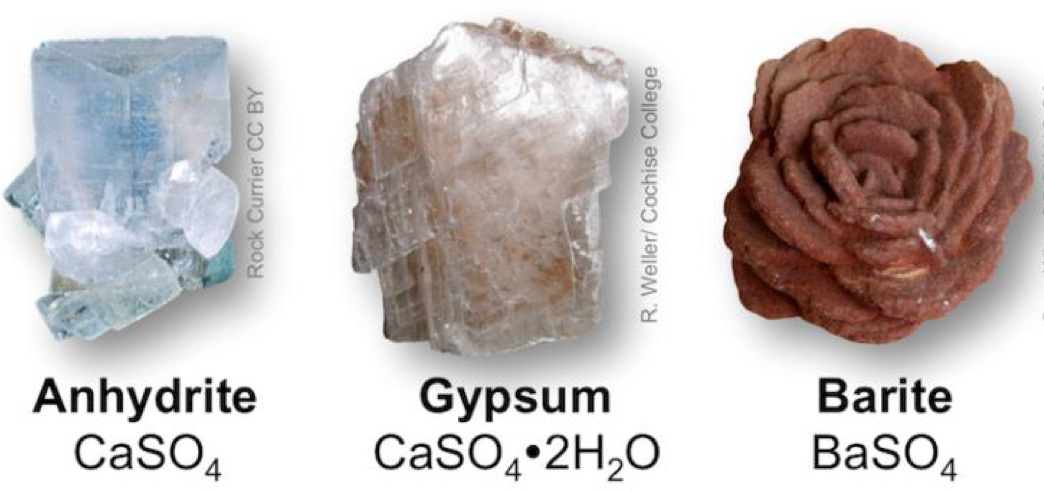
Sulfides
Formed when metallic elements combined with sulfur but without oxygen

Pyrite
Mineral made of iron sulfide which is also known as fool’s gold
Plagioclase feldspars
Most abundant mineral in the crust
Quartz, mica, feldspar, olivine
Identify minerals (left to right, top to bottom)
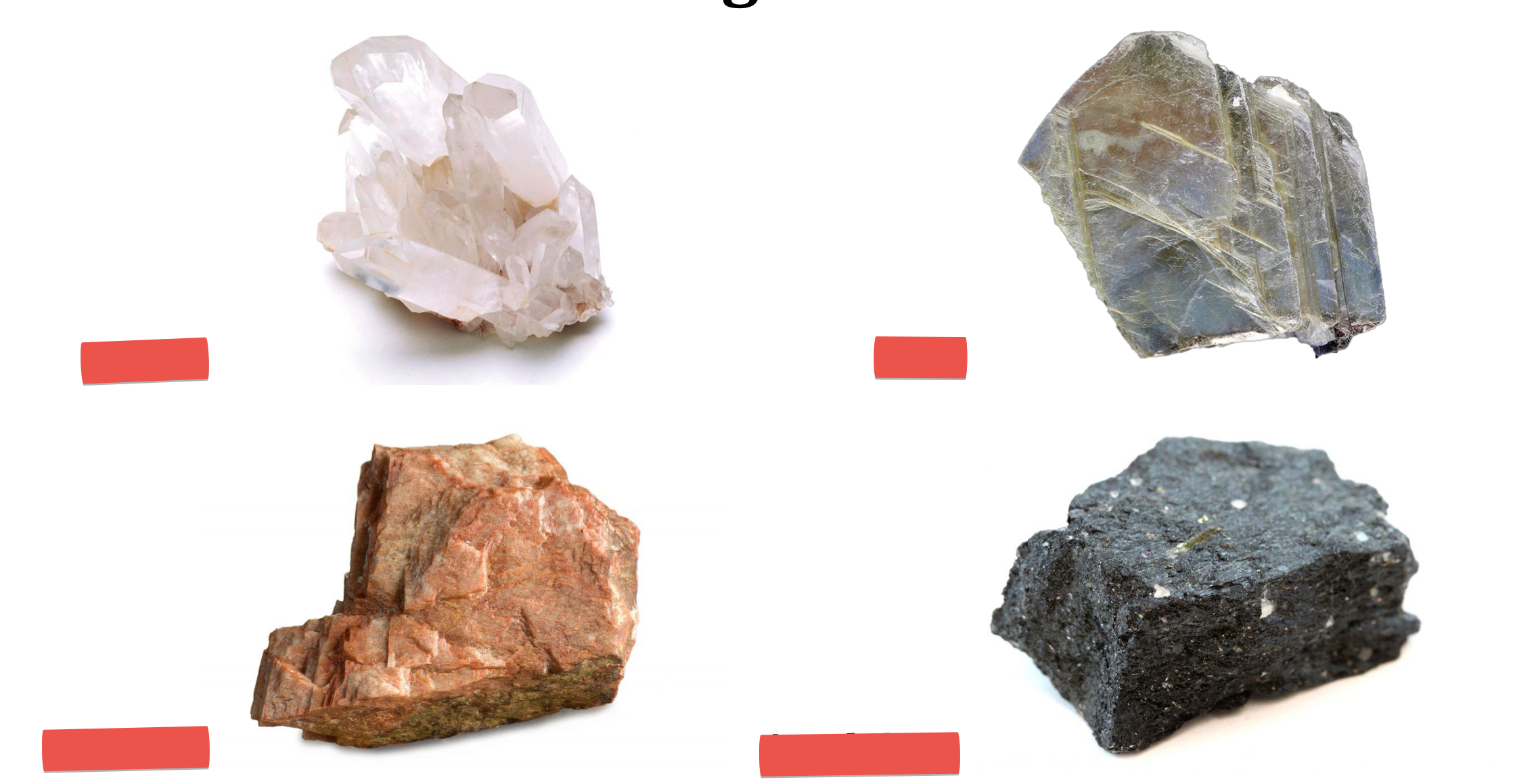
Pyroxene, olivine, calcite, clay
Identify minerals (left to right, top to bottom)
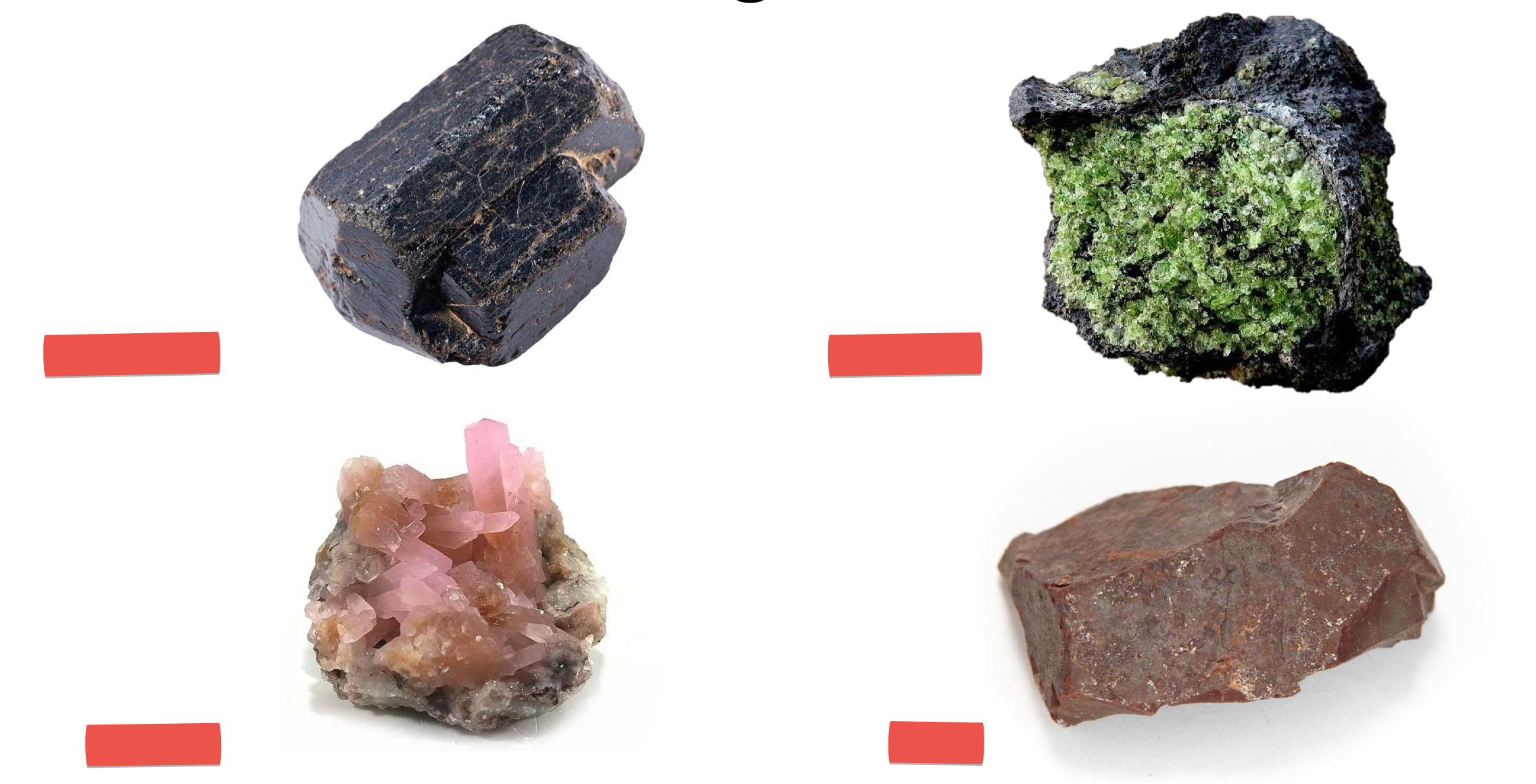
Carbonates, hematite
Identify minerals (left to right, top to bottom)

Ore
Useful metallic (and non-metallic) minerals that can be extracted and which contain useful substances
Bauxite, chromite, bornite chalcopyrite, native gold, hematite, sphalerite
Identify the ore
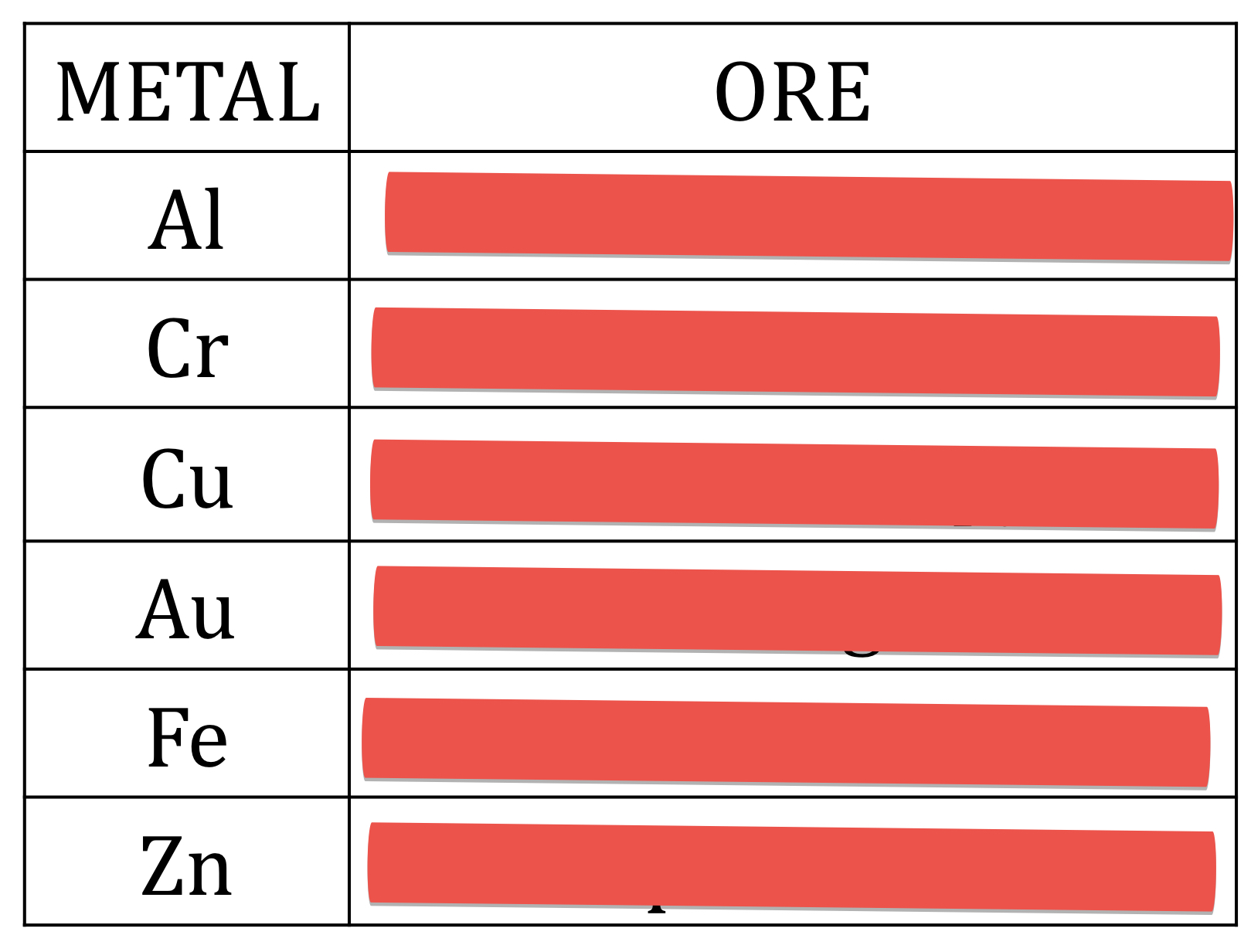
Gemstones
Any of various minerals highly prized for beauty, durability, and rarity
Luzonite
Mineral named after its occurrence in Mankayan, Luzon Island
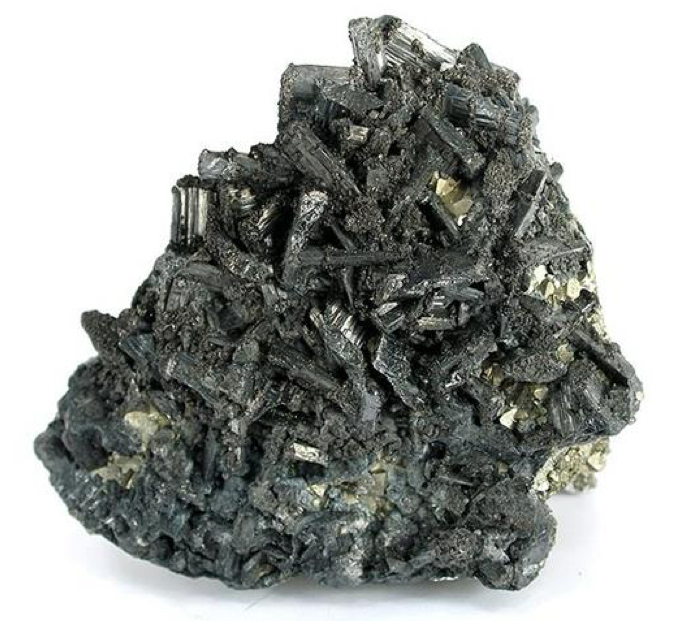
Prehnite
Named after Dutch colonel, Hendrik von Prehn for discovering the stone in Cape of Good Hope, South Africa

Pigeonite
Named after the type locality, Pigeon Point, Minnesota, USA
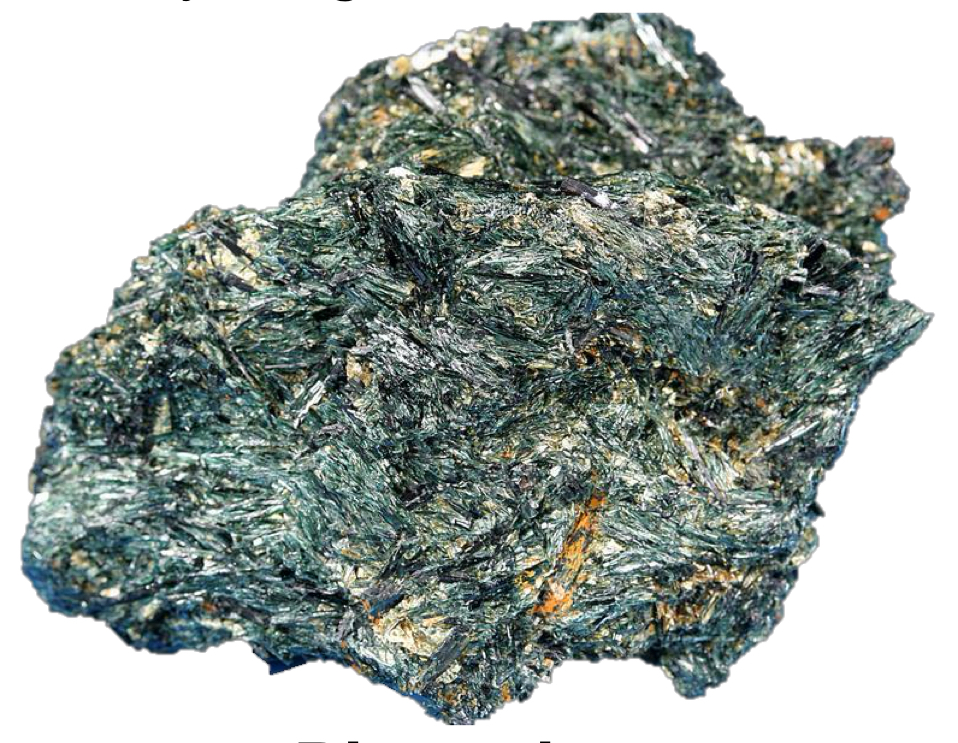
Cummingtonite
Named after the town of Cummington, Massachusetts
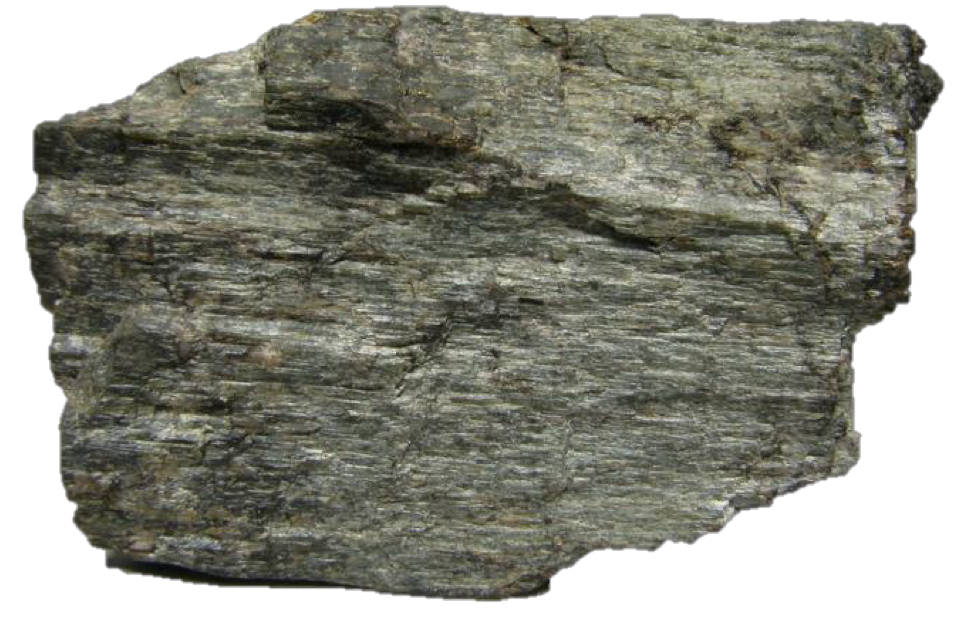
Jadarite
Similar composition to Kryptonite, named after the Jadar Basin, Serbia
